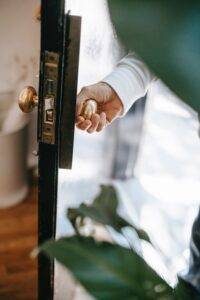
Address: Harborough Rd, Southampton SO15 2FZ
Working in the vicinity of Harefield Fish Bar
All jobs are 100% guaranteed (Parts & labour), we operate a genuine 24/7 service with fast response vans throughout Southampton and the surrounding area. No callout charges!
WOODEN DOORS![]()
uPVC DOORS
GLASS DOORS![]()
![]() ALUMINIUM DOORS
ALUMINIUM DOORS
GATE DOORS
GARAGE DOORS![]()
As a mobile locksmith service, we pride ourselves on being prompt, professional, and providing top‑quality craftsmanship
Our vans are fully stocked with an extensive range of popular lock brands, including Mul‑T‑Lock and Yale, to name just a few. All hardware we supply is sourced from trusted manufacturers and offered at competitive prices. Our locksmith services are available for both residential and commercial customers, and our team is knowledgeable, dependable, and highly professional. We stand by the quality of our work — every job we carry out is fully guaranteed, and we take great pride in delivering excellent results every time.
If you’re experiencing any issues with your locks, call SO Locksmith Harefield Services right away. We provide no‑obligation services for emergency lockouts, residential lockouts, and commercial lockouts — getting you back on track quickly and with minimal fuss. Call us now on 07458 149 104 for a prompt and professional response!
- 24/7 Fast Response
- Lockout Service
- BS3621 Locks on Offer
- Lost & Broken Keys
- Jammed Locks
- Number & Coded Locks
- Commercial Locksmith
- Local Locksmith
- Post Burglary Repairs
- uPVC Doors % Windows Locks
- Locks Upgrade
- Fresh Installation (New Doors)
- security doors,
- internal doors,
- backdoors,
- garage doors locks,
- Smart Homes,
- CCTV systems,
- security systems,
- Lockouts priority,
- Intercom system,
- Lockout priority,
- NO Call-out Charges
